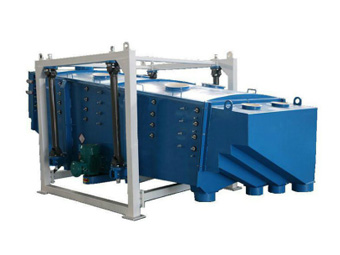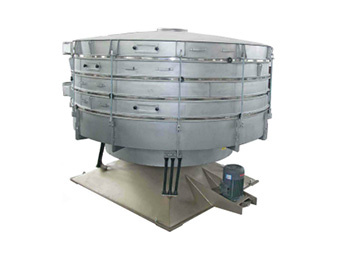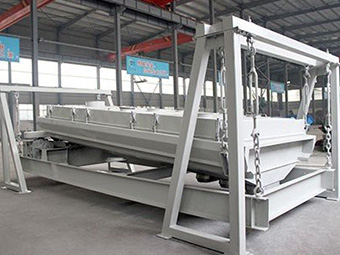1. Preparatory work before test run
Grease and lubricating oil should be added to each sliding part of
sidewall belt conveyor to check whether the fasteners are loose and whether the installation of each part is complete; Check whether the grounding device is reliable in accordance with the installation specifications and related instructions.

2. No-load test run
Check whether the bend pulley of the
inclined corrugated sidewall belt conveyor driving device runs normally, whether the frame is stable, whether the rotation of the upper and lower idlers is flexible, whether the belt has serious deviation, and whether the adjustment of the tensioning device, cleaning device, vibration device, and backstop device is appropriate. If there is any abnormal phenomenon, the conveyor should be stopped for adjustment, and the no-load test should be conducted again after adjustment.

3. Heavy-load test run
Under the premise that all parts of the no-load test work normally, the half-load test is carried out according to 60% of the rated conveyor capacity. Check the driving device, bend pulley, upper and lower idlers for noise or non-rotation. Whether the bearing heat is too high, whether the belt is deviating, whether other devices are working normally, if any abnormal phenomenon, the large inclination belt conveyor should be stopped in time to find out its fault, adjust the regulator after the test. In the case that the above half-load test is normal, the full load test of the rated throughput can be carried out, and the inspection and adjustment can be carried out according to the inspection process of the half-load test.
PK Machinery is a professional
manufacturer of belt conveyor, screw conveyor, scraper conveyor, bucket elevator and vibrating screen, further information, please click:
www.pkmachinery.com 



